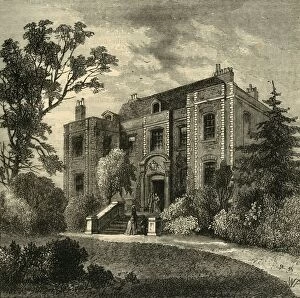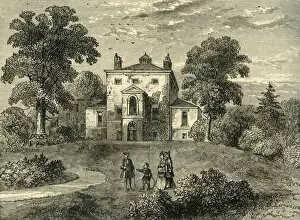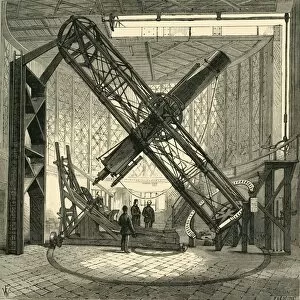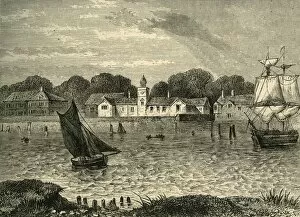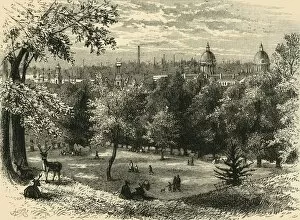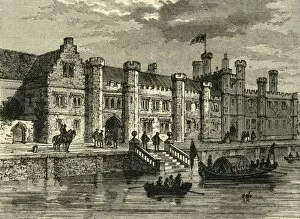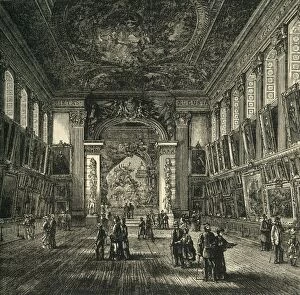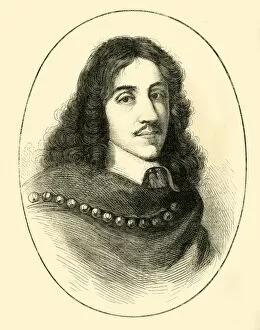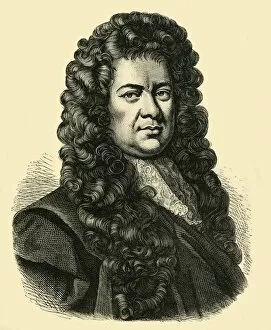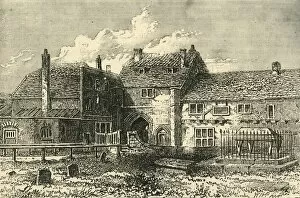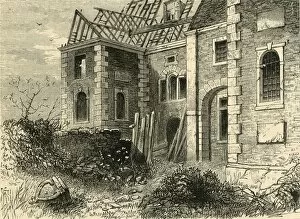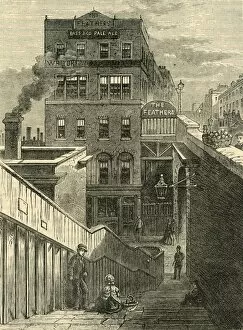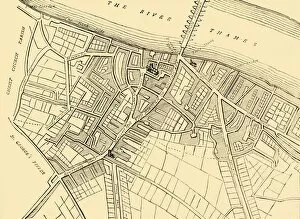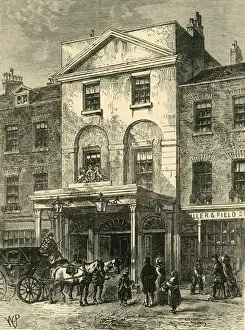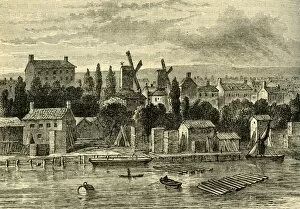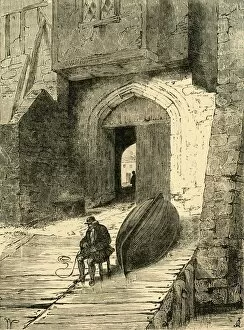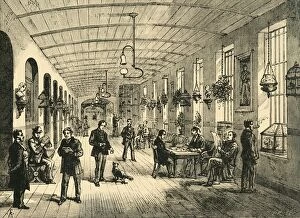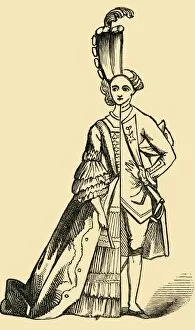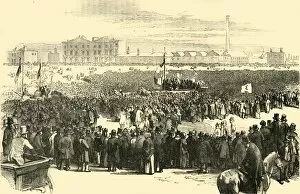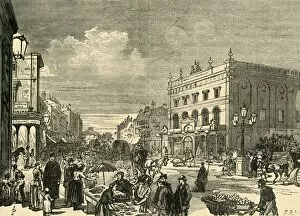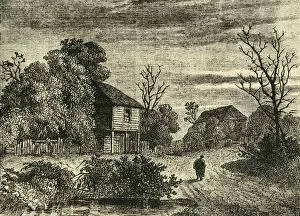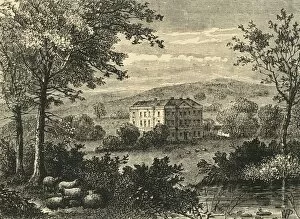Walford Collection (#7)
"Walford: A Journey Through Time and Space" Step into the enchanting world of Walford, where history unfolds before your eyes
For sale as Licensed Images
Choose your image, Select your licence and Download the media
"Walford: A Journey Through Time and Space" Step into the enchanting world of Walford, where history unfolds before your eyes. From Folly Ditch to Jacobs Island, explore the hidden corners of this mysterious town that captivated hearts in 1878. Immerse yourself in the vibrant entertainment scene at the Variety Theatre, where Dr. Walford Bodie mesmerized audiences with his electrifying performances. And don't forget to quench your thirst at The Horns Tavern, a beloved Kennington establishment since 1820. Witness technological marvels like the Sentinel DG Steam Wagon YD6587 as it roams through bustling streets, showcasing progress and innovation. Marvel at the grandeur of The Great Hall in Dulwich College, an architectural masterpiece whose creator remains unknown. Take a leisurely stroll along the picturesque River Lea and soak in its breathtaking views captured by an anonymous artist in 1876. Indulge your taste buds at The Chelsea Bun-House, a delightful bakery that has been serving delectable treats since 1810. Lose yourself within Lauderdale House's timeless beauty as you transport back to 1820 when it was first established by an enigmatic creator. Experience history come alive during a trial trip on the Underground Railway in 1863—an event shrouded in mystery yet forever etched into Walford's narrative. Marvel at Bridgewater House's majestic presence on Westminster's skyline—a testament to Sir Charles Barry's visionary architecture that continues to inspire awe even today. Discover more about this esteemed British architect who left an indelible mark on London during his time. Finally, gaze upon The New Law Courts—a symbol of justice and order—standing tall amidst Westminster's landscape since its completion in 1878. Let these magnificent structures whisper tales from their past while inviting you to be part of their enduring legacy. Walford beckons you to unravel its secrets, inviting you on a journey through time and space.

